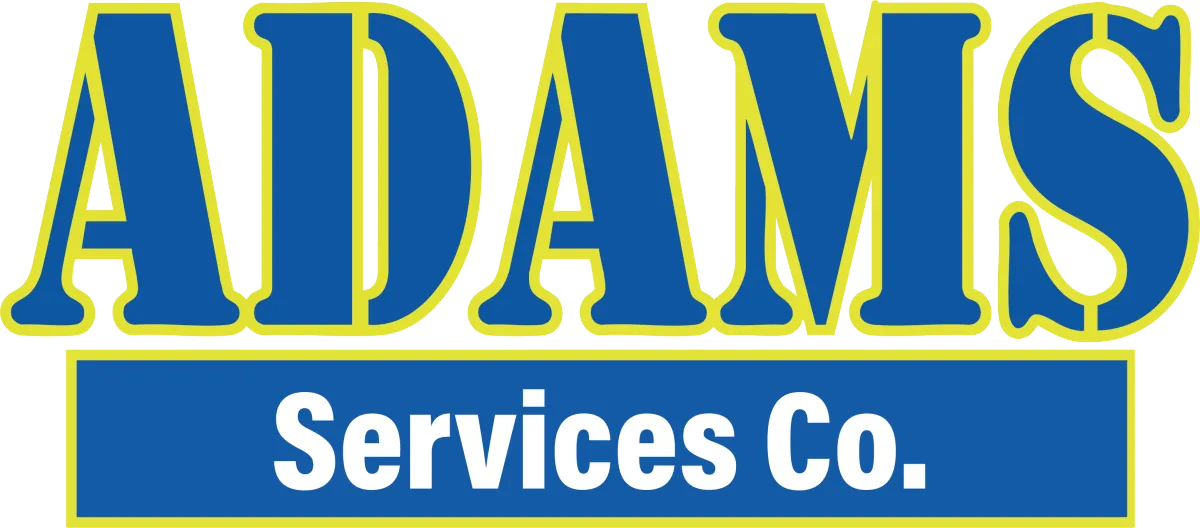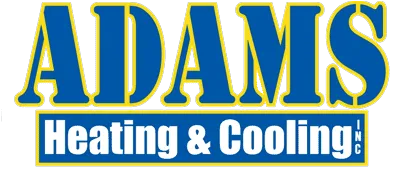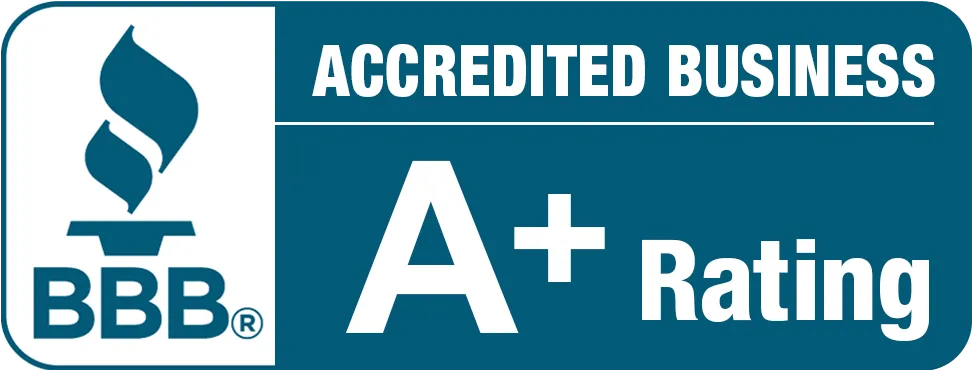Adams Heating & Cooling
HVAC Experts You Can Trust
Serving Tuscaloosa, AL, Birmingham, AL, and surrounding areas since 1982
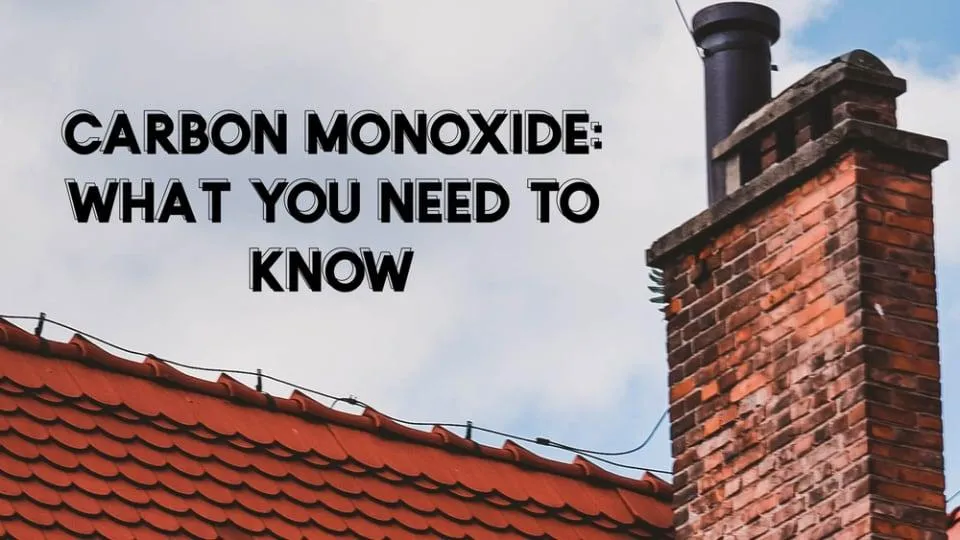
Carbon Monoxide: What You Need to Know
Hundreds of Americans die yearly from unintentional carbon monoxide exposure. Fortunately, there are several steps you can take to prevent this from happening.
What is Carbon Monoxide?
Carbon monoxide is often referred to as a “silent killer” because it is an odorless, colorless, and tasteless gas. Breathing in carbon monoxide inhibits the ability of your blood to transport oxygen. Without adequate oxygen, suffocation can occur. Carbon monoxide poisoning can happen in two ways. It can happen with a large exposure all at once or with low levels of exposure over time.
The symptoms of carbon monoxide exposure can mimic those of the flu. These include fatigue, nausea, headaches, shortness of breath, and even confusion. With low levels of exposure, it can be hard to identify carbon monoxide poisoning as the cause, since these are common symptoms for many illnesses.
Sources of Carbon Monoxide
There are some common sources of carbon monoxide that you need to be aware of. Your heating unit is one possible source of carbon monoxide. Your air conditioning system does not release any carbon monoxide, however. A gas oven can be another source of carbon monoxide. If you have a fireplace, this can also be a carbon monoxide hazard. Running your automobile in a closed garage will also cause a buildup of carbon monoxide. There are other sources that may be in your home but these are the most likely culprits.
Steps to Prevent Carbon Monoxide Poisoning
While the statistics can sound scary, you don’t have to worry. Instead, you can take proactive steps to prevent having a carbon monoxide issue in your home or business.
Install Working Carbon Monoxide Detectors
Most people have a couple of working smoke detectors in their homes, but many neglect installing carbon monoxide detectors. A carbon monoxide detector, also known as a CO2 detector, is similar to a smoke alarm but instead of detecting smoke, it detects carbon monoxide gas.
You should have a few of these throughout your home, especially near sleeping areas. Sleeping areas are at a higher risk for carbon monoxide fatalities because when you are asleep you won’t be able to recognize the symptoms of carbon monoxide poisoning. Be sure to check your carbon monoxide detectors monthly to ensure they are in proper working order.
If your carbon monoxide detector goes off, evacuate the building immediately. Call the fire department and allow them to direct you on your next steps.
While carbon monoxide detectors are a great start, they aren’t the only step you need to follow. Unfortunately, these devices are usually equipped to detect fatal levels of carbon monoxide but not the low levels that can build up over time. Remember, low levels of exposure can be dangerous over time so you still need to take the next steps on this list.
Maintain Your HVAC Unit
The best way to ensure your HVAC is working properly is to have regular maintenance. You should have your unit serviced at least once yearly, though twice per year is ideal. Also, any time your HVAC unit makes unusual noises or doesn’t seem to be working as efficiently you should have it checked.
Your technician will check the operation of your unit and check for blockages in your ducts. Sometimes dirt, animal nests, or other debris can be blocking your ducts and keeping the carbon monoxide from escaping properly.
Have Your Chimney Cleaned
Like with your HVAC ducts, chimneys can be clogged. Animal nests in your flue or a buildup of creosote can both be potential dangers. If you don’t know how long it has been since your last chimney cleaning, get a licensed company to evaluate your chimney and clean it if necessary. Plan to have your chimney inspected yearly and cleaned when the need arises.
Don’t Block Your Vents
When arranging furniture be sure not to cover your vents. Aesthetics are important but not as important as your health. Also, if you have a room you don’t use often, leave the vents open. Many people close the vents in unused rooms for more efficient heating of their homes but this is not a good idea.
Stay Safe Out There
If you need your HVAC serviced, we’d be happy to help. Give us a call to schedule a service call today.
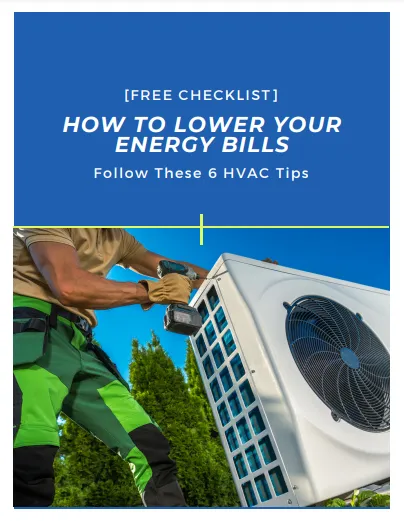
Tired of seeing those sky-high electric bills?
It's time to take control of your energy costs, and your HVAC system is a great place to start!
No more sweating over those monthly expenses!
Grab our FREE checklist to discover simple, yet effective, ways to lower your energy consumption and save money on your electric bill.
Inside this handy guide, you'll find:
Easy-to-follow tips to optimize your HVAC system's efficiency.
Common energy-wasting mistakes to avoid.
Actionable steps to make a real difference in your energy usage.
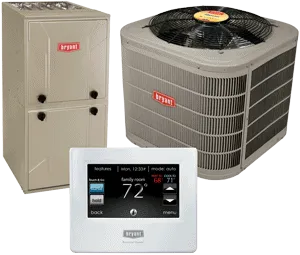
Free Estimates on Complete System Replacement
Call Now 205-339-6540
Office: 3415 Hargrove Road East,
Tuscaloosa, AL 35405
Office: 1236 Blue Ridge Blvd, Suite 111, Hoover, AL 35226
Call 205-339-6540
Call 205-606-4222
Email: [email protected]
